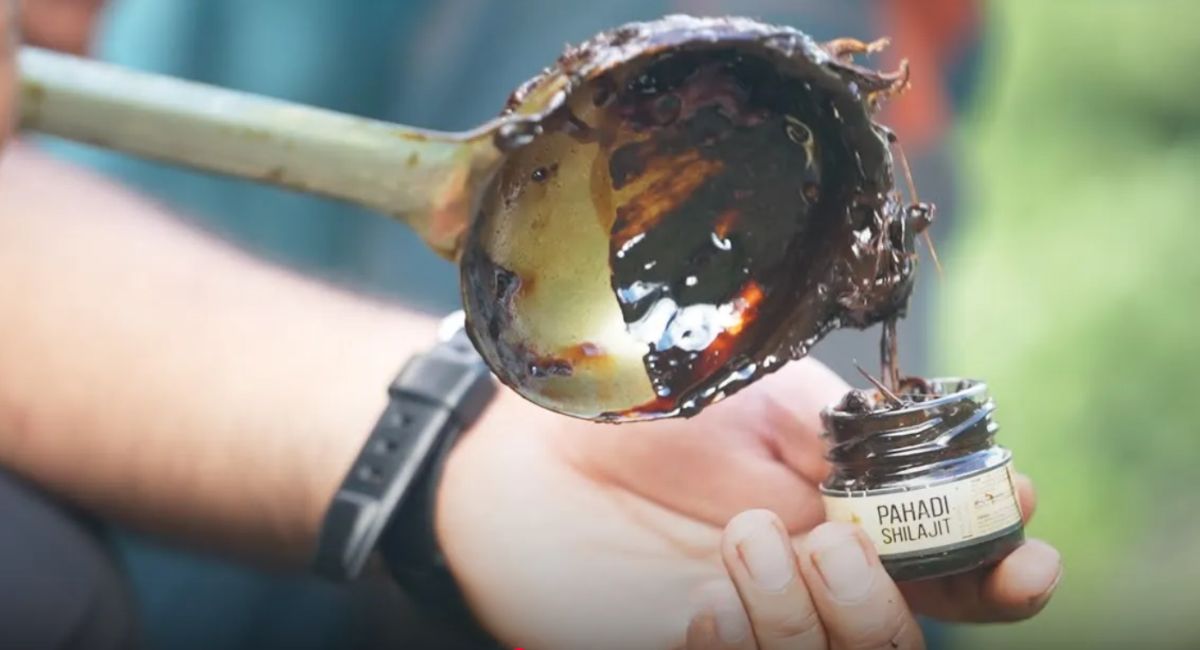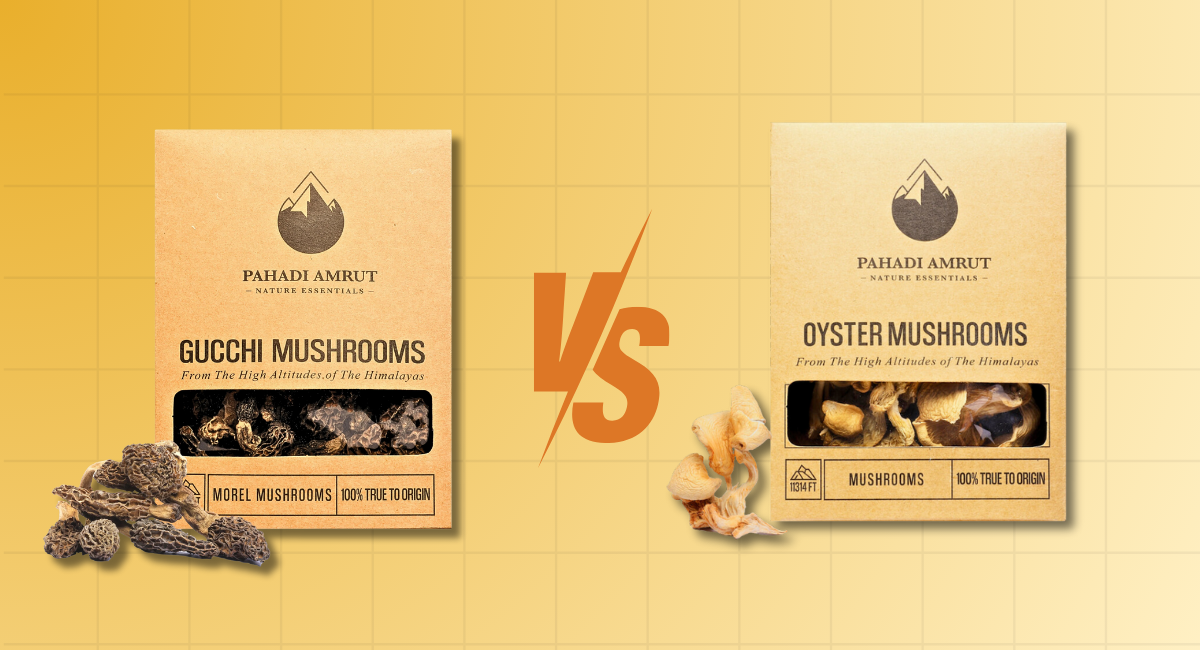Saffron, known as the “red gold,” is one of the most expensive and sought-after spices in the world. Derived from the stigmas of the Crocus sativus flower, this prized spice has been cherished for centuries in cuisines, traditional medicine, and skincare.
It is a perennial plant grown from corms, with a history spanning over 3,500 years across various cultures and continents, highlighting its significance in culinary, economic, and cultural contexts.
However, not all saffron is created equal. Its quality varies based on grading factors that determine its potency, purity, and price.
Understanding the different grades of saffron helps you make an informed decision based on your intended use.
Let’s dive deeper into the grading system of saffron.
Factors That Affect the Grades of Saffron
The grades of saffron are determined by several key scientific parameters, and evaluated using standardized testing methods:
1. Chemical Composition (Crocin, Picrocrocin, Safranal)
Saffron’s primary compounds define its overall quality:
-
Crocin – Responsible for saffron’s intense red color and dyeing strength. Higher crocin levels indicate superior saffron.
-
Picrocrocin – Contributes to its distinctive bitter taste and medicinal properties.
-
Safranal – Determines the aromatic intensity of saffron, crucial for culinary and therapeutic applications.
According to ISO 3632 standards, higher absorbance values in UV-Vis spectrophotometry tests indicate premium saffron quality.
2. Moisture & Volatile Content
Proper drying of saffron filaments is crucial to prevent spoilage and maintain quality. The ISO 3632 standard recommends:
-
Moisture content below 12% for filaments
-
Moisture content below 10% for powdered saffron
Excessive moisture reduces shelf life and potency, making drying a critical step.
3. Presence of Extraneous Matter
Premium saffron should be free from impurities, such as:
-
Floral waste (yellow parts or non-stigma elements)
-
Inorganic matter (dust, artificial colorants, adulterants)
ISO 3632 allows up to 1% foreign material in lower-quality saffron, but premium grades have much stricter purity requirements.
4. Environmental & Cultivation Factors
Saffron’s quality is heavily influenced by its growing conditions, including:
-
Soil composition and altitude – Kashmiri saffron, particularly Pampore Kesar, thrives in nutrient-rich Himalayan soil.
-
Harvesting time – Handpicking saffron at the right bloom stage ensures maximum potency.
-
Corm age – Younger corms yield lower-quality saffron, while mature plants produce high-crocin saffron with deeper red stigmas.
Also Read: Shelf Life of Saffron: Does Saffron Expire?
Different Grades of Saffron and Their Uses
Saffron is classified into different grades based on its quality parameters. The ISO 3632 standard categorizes into three main saffron grades:
Grade I (Highest Quality)
Description: This grade has the highest concentrations of crocin, picrocrocin, and safranal, resulting in superior color, taste, and aroma. It contains minimal extraneous matter and has optimal moisture content.
-
Deep red stigmas, free from yellow or floral waste
-
Highest crocin content (>190+)
-
Strongest aroma and coloring strength
-
Minimal moisture (below 12%)
Uses: Ideal for gourmet culinary applications, high-end confectionery, and medicinal purposes where the highest quality is essential.
Pampore Kashmiri Kesar is a notable variety that often falls under this grade due to its high crocin concentration and rich aroma.
Grade II
Description: Saffron in this grade has slightly lower concentrations of the key compounds compared to Grade I. It may contain a small amount of floral waste and have a marginally higher moisture content.
-
Shorter red stigmas, a slight presence of yellow parts
-
Moderate crocin levels (150–190)
-
Less intense aroma than Grade I
Uses: Suitable for regular culinary use, including in restaurants and households, where a balance between quality and cost is desired.
Some saffron varieties sold as whole bunches (such as Kishtwar Gucchi Kesar) may fall into this category. Their structure helps retain natural oils and fragrances, making them popular for traditional culinary preparations.
Grade III (Lowest Acceptable Quality)
Description: This grade has the lowest acceptable concentrations of crocin, picrocrocin, and safranal as per ISO standards. It may contain up to 1% extraneous matter and have higher moisture content.
-
High percentage of yellow styles and floral waste
-
Lower crocin content (below 150)
-
Weak aroma and flavor
Uses: Typically used in large-scale food manufacturing processes where saffron is used primarily for coloring, and the intensity of flavor and aroma is less critical.
It's important to note that within these broad categories, there can be further subdivisions based on specific quality parameters.
For example, a recent study proposed a subdivision within the first quality category to better recognize high-quality saffron.
Which Grade of Saffron is The Best?
The best saffron grade depends on its intended use:
-
Culinary Excellence: For dishes where saffron's flavor, color, and aroma are central, such as in paella or biryani, Grade I saffron is recommended.
-
Medicinal and Therapeutic Uses: For applications in traditional medicine or wellness products, the purity and potency of Grade I saffron are preferred.
-
Everyday Cooking: For daily culinary use where cost is a consideration, Grade II saffron offers a good balance between quality and affordability.
-
Industrial Food Production: In large-scale manufacturing where saffron is used mainly for its coloring properties, Grade III saffron may be utilized.
Selecting the appropriate grade ensures that you achieve the desired outcome in your specific application.
Now that you understand the basics of different grades of saffron. Choose the one that suits your requirements.
Buy Premium Grade Saffron From Pahadi Amrut
At Pahadi Amrut, we offer premium saffron sourced from the finest fields of Pampore and Kishtwar, Jammu & Kashmir. Our hand-harvested saffron is known for its rich aroma, deep red color, and high potency, making it one of the best saffron grades available.
We follow traditional cultivation methods to ensure that our different grades of saffron meet the highest quality standards. Whether for culinary excellence, wellness, or medicinal use, our Pampore Kashmiri Kesar and GI-tagged Kishtwar Gucchi Kesar are perfect choices.
Choose the finest saffron which is pure, authentic, and full of flavor.



